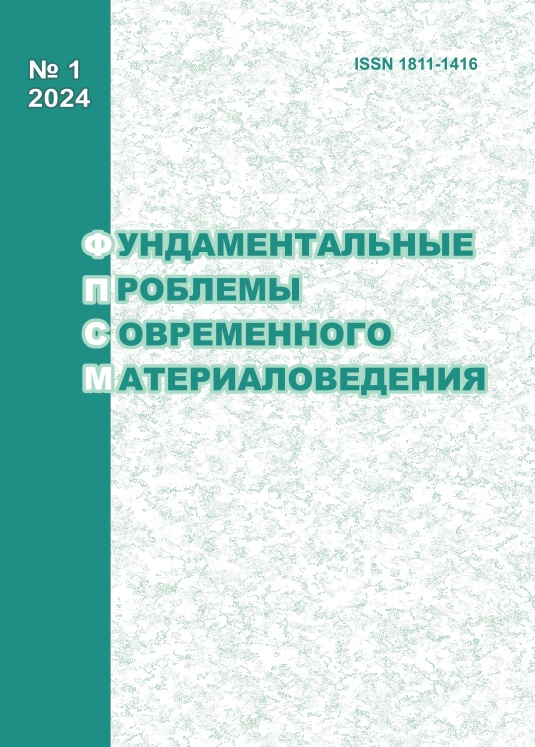FORMATION OF THE STRUCTURE AND PROPERTIES OF TITANIUM ALLOY IN PARTS MANUFACTURED USING SUPERPLASTIC DEFORMATION
10.25712/ASTU.1811-1416.2024.01.009
Keywords:
titanium alloy, hollow part, superplasticity, structure, chemical composition, mechanical propertiesAbstract
The use of superplastic deformation (SPD) makes it possible to technologically successfully solve the problems of shaping of complex profile products, in particular, hollow structures. The success of manufacturing parts is determined not only by the high accuracy of reproducing the geometric shape, but also by achieving the specified mechanical properties of the material. The properties of alloys are determined not only by the structure, but also by the chemical composition. A feature of the SPD is accelerated grain growth due to the significant activation of diffusion along grain boundaries, grain size alignment, preservation of their equiaxed, increased uniformity of the distribution of alloying elements within grains, blurring of the crystallographic structure. Meanwhile, not only the structure, but also the chemical alloy composition is continuously evolving during its processing. For aircraft parts, the issue of contamination of titanium alloy with light elements, such as nitrogen, carbon, oxygen, hydrogen, may be decisive in terms of achieving the required quality. The ways to guarantee the high part quality are primarily related to the prevention of titanium alloy contamination with these harmful impurities. Such ways are – a decrease of the SPD temperature due to the use of ultrafine-grained (UFG) materials and reduction of the time spent on the workpieces at the processing temperature with the use of a protective atmosphere or vacuum.











 Journal «Fundamental’nye problemy sovremennogo materialovedenia / Basic Problems of Material Science»
Journal «Fundamental’nye problemy sovremennogo materialovedenia / Basic Problems of Material Science» This work is licensed under a
This work is licensed under a 
